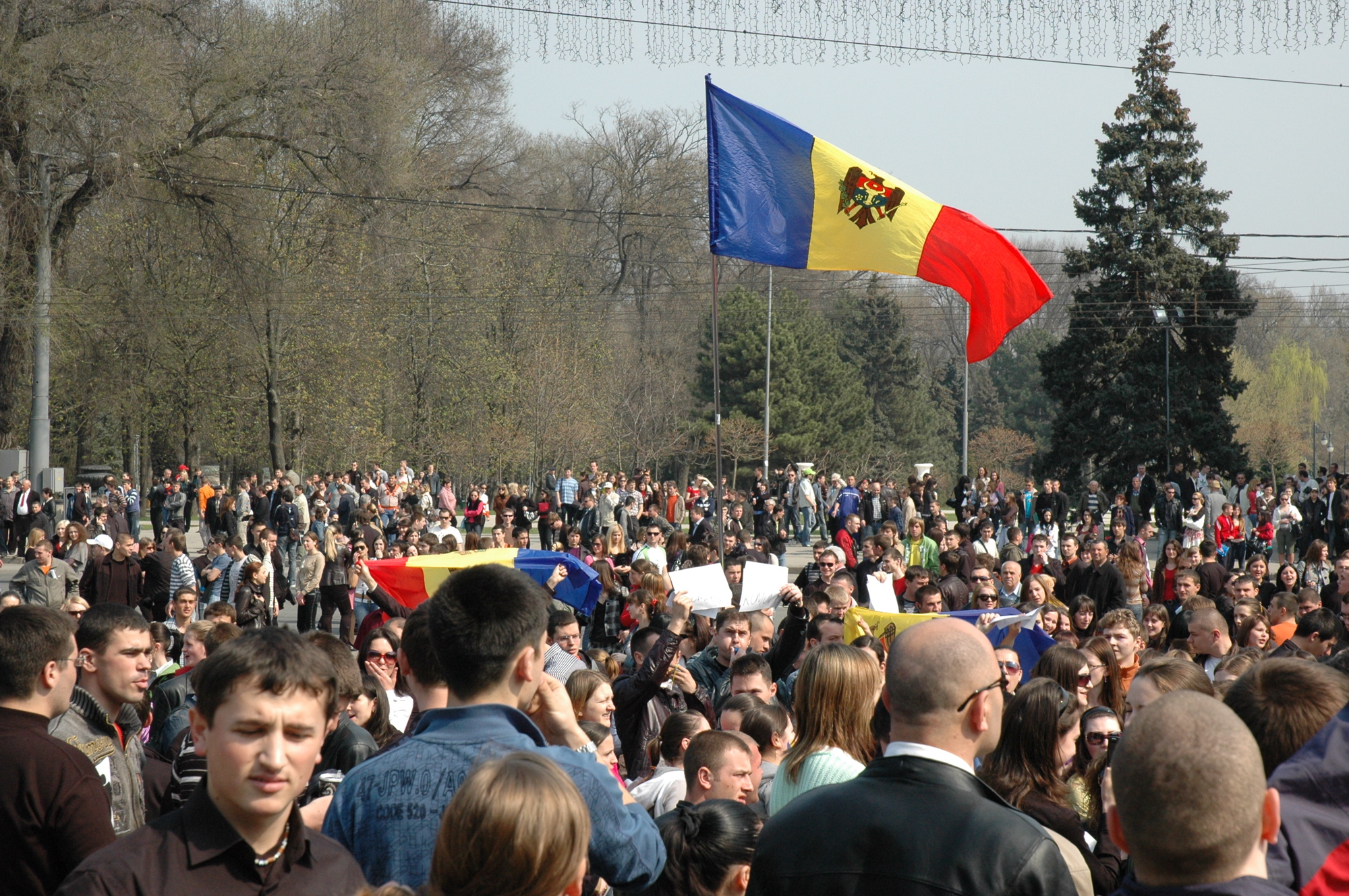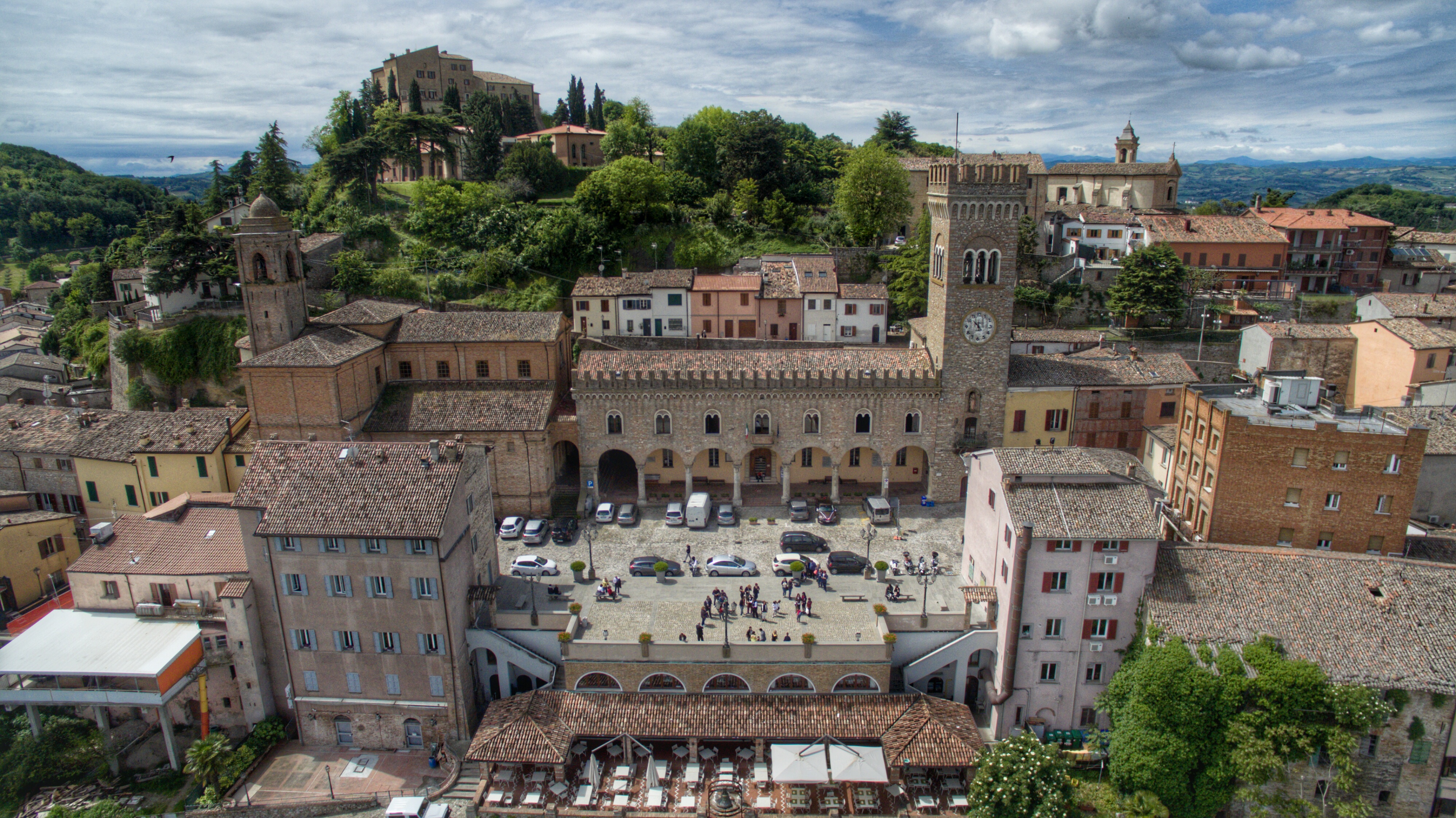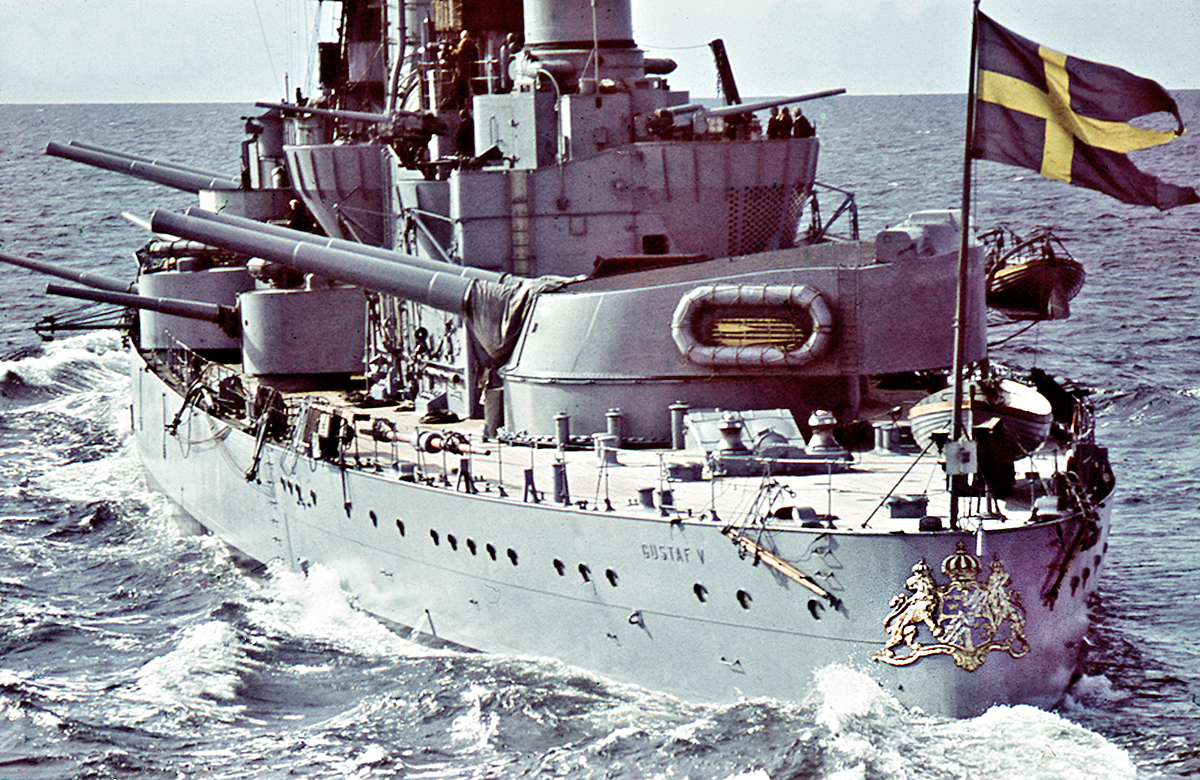|
Niederkaufungen
Kaufungen () is a municipality in the district of Kassel, in Hesse, Germany. It is situated in the narrow valley of the river Losse, surrounded by the steep, wooded hills of the Kaufunger Wald, approx. 10 kilometres east of Kassel. Geography Division of the municipality The town is centred upon the historic villages of Oberkaufungen and Niederkaufungen, which are joined by modern housing developments to form a significant conurbation. The municipality of Kaufungen also includes Kaufungen-Papierfabrik, a largely industrial area on the eastern fringes of Kassel. History The first historical reference to Coufunga was in 1011, when it was in use as a royal court. However, the extant ''St. Georgskapelle'' (St George's Chapel) is believed to be rather older, probably dating from the 10th century. In 1017 Henry II, Holy Roman Emperor and his queen Cunigunde of Luxemburg founded Kaufungen Abbey, a Benedictine convent, perched on the steep edge of the Losse valley above what is now the ... [...More Info...] [...Related Items...] OR: [Wikipedia] [Google] [Baidu] |
Kommune Niederkaufungen
Kommune Niederkaufungen is one of the largest intentional communities in Germany. Founded in 1986, it is an egalitarian, left-wing, income-sharing commune with consensus decision-making. It is situated in a complex of former farm buildings in the historic centre of the village of Niederkaufungen ( Kaufungen), seven kilometres from the city of Kassel (Hessen). It has grown from 15 founder members to 62 adults and nearly 20 children and teenagers (2009). It is a member of "Kommuja", the German network of political communes and egalitarian communities. Core principles The Kommune Niederkaufungen has a set of five main core principles. These were formulated in a pamphlet in 1983, the "Grundsatzpapier". They are: *left-wing politics, *consensus decision making, *a completely communal income and asset sharing economy, *a reduction of hierarchical and patriarchal structures, *work in collectives. Although not explicitly listed as a core principle in the "Grundsatzpapier", ecological ... [...More Info...] [...Related Items...] OR: [Wikipedia] [Google] [Baidu] |
Kaufungen 001
Kaufungen () is a municipality in the district of Kassel, in Hesse, Germany. It is situated in the narrow valley of the river Losse, surrounded by the steep, wooded hills of the Kaufunger Wald, approx. 10 kilometres east of Kassel. Geography Division of the municipality The town is centred upon the historic villages of Oberkaufungen and Niederkaufungen, which are joined by modern housing developments to form a significant conurbation. The municipality of Kaufungen also includes Kaufungen-Papierfabrik, a largely industrial area on the eastern fringes of Kassel. History The first historical reference to Coufunga was in 1011, when it was in use as a royal court. However, the extant ''St. Georgskapelle'' (St George's Chapel) is believed to be rather older, probably dating from the 10th century. In 1017 Henry II, Holy Roman Emperor and his queen Cunigunde of Luxemburg founded Kaufungen Abbey, a Benedictine convent, perched on the steep edge of the Losse valley above what is now the ... [...More Info...] [...Related Items...] OR: [Wikipedia] [Google] [Baidu] |
Hessisches Statistisches Landesamt
The statistical offices of the German states (German language, German: ) carry out the task of collecting official statistics in Germany together and in cooperation with the Federal Statistical Office of Germany, Federal Statistical Office. The implementation of statistics according to Article 83 of the Basic Law for the Federal Republic of Germany, constitution is executed at state level. The Bundestag, federal government has, under Article 73 (1) 11. of the constitution, the exclusive legislation for the "statistics for federal purposes." There are 14 statistical offices for the States of Germany, 16 states: See also * Federal Statistical Office of Germany References {{Reflist National statistical services, Germany Lists of organisations based in Germany, Statistical offices Official statistics, Germany ... [...More Info...] [...Related Items...] OR: [Wikipedia] [Google] [Baidu] |
Eisenach
Eisenach () is a Town#Germany, town in Thuringia, Germany with 42,000 inhabitants, west of Erfurt, southeast of Kassel and northeast of Frankfurt. It is the main urban centre of western Thuringia, and bordering northeastern Hesse, Hessian regions, is near the former Inner German border. A major attraction is Wartburg castle, which has been a UNESCO World Heritage Site since 1999. Eisenach was an early capital of Thuringia in the 12th and 13th centuries. St.Elizabeth of Hungary, Elizabeth lived at the court of the Ludowingians here between 1211 and 1228. Later Martin Luther came to Eisenach and translated the Luther Bible, Bible into German. In 1685 Johann Sebastian Bach was born here. During the early modern period Eisenach was a residence of the Ernestine House of Wettin, Wettins and was visited by numerous representatives of Weimar classicism like Johann Wolfgang Goethe. In 1869 the Social Democratic Workers' Party of Germany, SDAP, one of the two precursors of the Social D ... [...More Info...] [...Related Items...] OR: [Wikipedia] [Google] [Baidu] |
Budești
Budești ( Romani: ''Budeshti'') is a small provincial town in Călărași County, Muntenia, Romania. Three villages are administered by the town: Aprozi, Buciumeni, and Gruiu. It officially became a town in 1989, as a result of the Romanian rural systematization program. Geography The town lies in the southwestern corner of the Bărăgan Plain, where the river Dâmbovița flows into the Argeș. Budești is located in the western part of Călărași County, on the border with Giurgiu County. It lies at a distance of south-east of Bucharest, the capital of the country, and west of Călărași, the county seat. Demographics According to the 2021 census, Budești has a population of 7,126 people. It is the Romanian town with the largest proportion of Romani. As one of two urban areas where Romani make up more than 20% of the total population, Budești is also the one of two towns in Romania where the Romani language has co-official status alongside Romanian, with education, ... [...More Info...] [...Related Items...] OR: [Wikipedia] [Google] [Baidu] |
Flag Of Moldova
The national flag of the Republic of Moldova () is a vertical triband of blue, yellow, and red, charged with the coat of arms of Moldova (an eagle holding a shield charged with an aurochs) on the centre bar. The reverse is mirrored. The flag ratio is 1:2. Until further provisions, the State Flag of Moldova is used as the national flag and ensign as well; that is, civil, state and war flag and ensign. The blue-yellow-red tricolour of Moldova is based on the flag of Romania, reflecting the two countries' national and cultural affinity. On Moldova's flag, the yellow stripe is charged with the national arms. Like the Romanian coat of arms, the Moldovan arms, adopted in 1990, features a dark golden eagle holding an Orthodox Christian cross in its beak. Instead of a sword, the eagle is holding an olive branch, symbolising peace. The blue and red shield on the eagle's chest is charged with the traditional symbols of Moldova: an aurochs' head, flanked by a rose in dexter and a cre ... [...More Info...] [...Related Items...] OR: [Wikipedia] [Google] [Baidu] |
Italy
Italy, officially the Italian Republic, is a country in Southern Europe, Southern and Western Europe, Western Europe. It consists of Italian Peninsula, a peninsula that extends into the Mediterranean Sea, with the Alps on its northern land border, as well as List of islands of Italy, nearly 800 islands, notably Sicily and Sardinia. Italy shares land borders with France to the west; Switzerland and Austria to the north; Slovenia to the east; and the two enclaves of Vatican City and San Marino. It is the List of European countries by area, tenth-largest country in Europe by area, covering , and the third-most populous member state of the European Union, with nearly 59 million inhabitants. Italy's capital and List of cities in Italy, largest city is Rome; other major cities include Milan, Naples, Turin, Palermo, Bologna, Florence, Genoa, and Venice. The history of Italy goes back to numerous List of ancient peoples of Italy, Italic peoples—notably including the ancient Romans, ... [...More Info...] [...Related Items...] OR: [Wikipedia] [Google] [Baidu] |
Bertinoro
Bertinoro () is a ''comune'' (municipality) in the province of Forlì-Cesena, in the Italy, Italian region of Emilia-Romagna. It is located on hill Mount Cesubeo, in Romagna, a few kilometers from the ''Via Aemilia, Via Emilia''. History There are remains of a settlement dating from the Iron Age, next to the ''frazione'' of Casticciano. As for Bertinoro itself, it was probably a strongpoint on the Roman road connecting Forlì to Rimini. Later, during the barbaric invasions, it was moved to the current location. In 1177 the castle, already well developed and known as ''Castrum Cesubeum'', housed the emperor Frederick Barbarossa. The named changed to ''Castrum Brittinori'' during the reign of Otto III, Holy Roman Emperor, Otto III, becoming seat of the countship. Main sights *The ''rocca'' (castle), built around the year 1000. It is now home to the Museum of Holy Arts and a conference center of the University of Bologna. *The Communal Palace, built in 1306 by Pino I Ordelaffi *Co ... [...More Info...] [...Related Items...] OR: [Wikipedia] [Google] [Baidu] |
Flag Of Italy
The flag of Italy (, ), often referred to as The Tricolour (, ), is a flag featuring three equally sized vertical Pale (heraldry), pales of green, white and red, with the green at the hoist side, as defined by Article 12 of the Constitution of the Italian Republic.wikisource:Constitution of Italy, Costituzione della Repubblica Italiana Art. 12, 22 dicembre 1947, pubblicata nella Gazzetta Ufficiale n. 298 del 27 dicembre 1947 edizione straordinaria (published in the Official Gazette [of the Italian Republic] No. 298 of 27 December 1947 extraordinary edition) "La bandiera della Repubblica è il tricolore italiano: verde, bianco, e rosso, a tre bande verticali di eguali dimensioni" The Italian law regulates its use and display, protecting its defense and providing for the Flag desecration, crime of insulting it; it also prescribes its teaching in Italian schools together with other national symbols of Italy. The Italian Flag Day named Tricolour Day was established by law n. 671 of 3 ... [...More Info...] [...Related Items...] OR: [Wikipedia] [Google] [Baidu] |
Sweden
Sweden, formally the Kingdom of Sweden, is a Nordic countries, Nordic country located on the Scandinavian Peninsula in Northern Europe. It borders Norway to the west and north, and Finland to the east. At , Sweden is the largest Nordic country by both area and population, and is the List of European countries by area, fifth-largest country in Europe. Its capital and largest city is Stockholm. Sweden has a population of 10.6 million, and a low population density of ; 88% of Swedes reside in urban areas. They are mostly in the central and southern half of the country. Sweden's urban areas together cover 1.5% of its land area. Sweden has a diverse Climate of Sweden, climate owing to the length of the country, which ranges from 55th parallel north, 55°N to 69th parallel north, 69°N. Sweden has been inhabited since Prehistoric Sweden, prehistoric times around 12,000 BC. The inhabitants emerged as the Geats () and Swedes (tribe), Swedes (), who formed part of the sea-faring peopl ... [...More Info...] [...Related Items...] OR: [Wikipedia] [Google] [Baidu] |
Ale Municipality
Ale Municipality () is a municipality in Västra Götaland County in western Sweden. Its seat is located in the town of Nödinge-Nol, more precisely in Alafors at Ale Municipality was created in 1974, when the former municipalities of Nödinge, Skepplanda and Starrkärr were amalgamated. The new entity got its name from the old Ale Hundred, which had approximately the same territory. It built one of the first indoor bandy arenas in Sweden (and subsequently in the world), which was the first in Götaland, located in Bohuslän. Localities Inhabitants figures from 2020. * Nödinge-Nol 11,500 (seat) * Surte 6,400 * Älvängen 6,100 * Skepplanda 1,900 * Alvhem 400 Demographics This is a demographic table based on Ale Municipality's electoral districts in the 2022 Swedish general election sourced from SVT's election platform, in turn taken from SCB official statistics. In total there were 32,109 residents, including 23,187 Swedish citizens of voting age. 45.4% voted for the lef ... [...More Info...] [...Related Items...] OR: [Wikipedia] [Google] [Baidu] |
Flag Of Sweden
The national flag of Sweden () consists of a yellow or gold Nordic cross (i.e. a horizontal cross extending to the edges, with the crossbar closer to the hoist than the fly) on a field of light blue. The Nordic cross design traditionally represents Christianity. The design and colours of the Swedish flag are believed to have been inspired by the present coat of arms of Sweden of 1442, which is blue divided quarterly by a cross pattée of gold. Blue and yellow have been used as Swedish colours at least since Magnus III's royal coat of arms of 1275. Specifics Ratio and colour scheme The Swedish flag is one of only five that use the ratio 5:8, the others being Argentina, Guatemala, Palau, and Poland. It is one of only four flags that currently use the colour scheme of blue and yellow, the others being Kazakhstan, Palau, and Ukraine. State flag and civil ensign The dimensions of the Swedish flag are 5:2:9 horizontally and 4:2:4 vertically. The dimensions of the Swedish flag ... [...More Info...] [...Related Items...] OR: [Wikipedia] [Google] [Baidu] |



